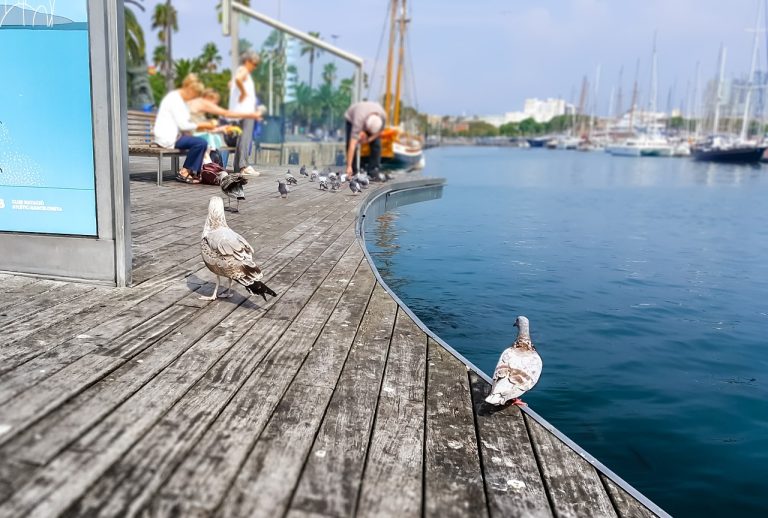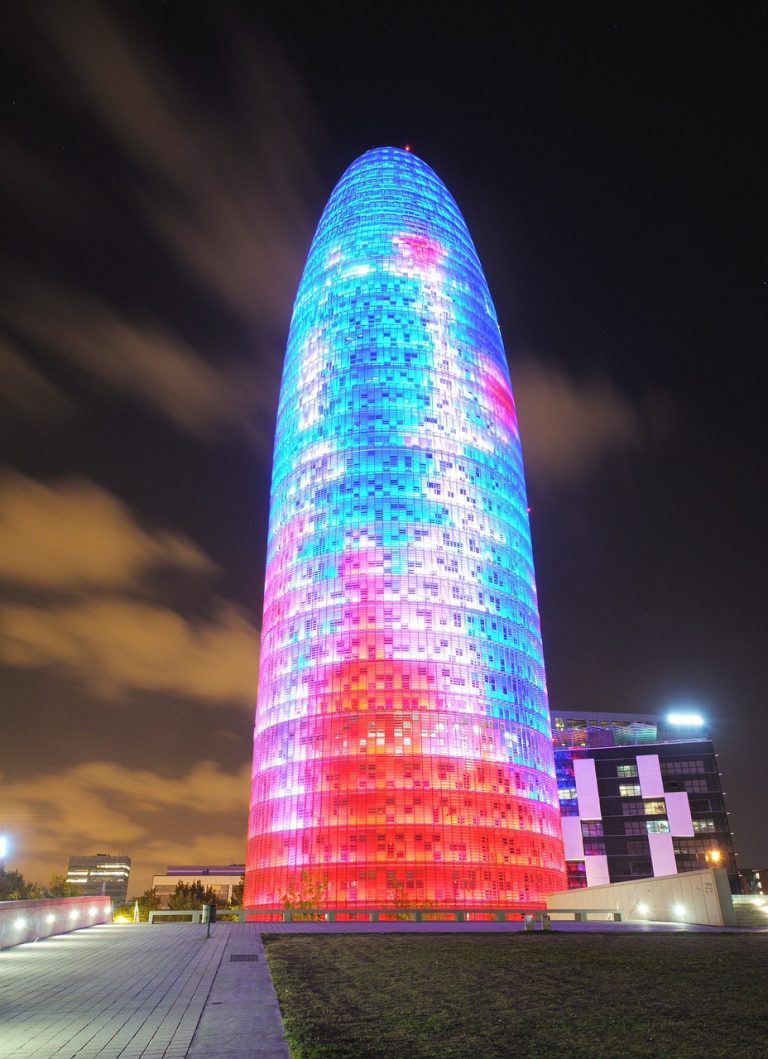Barcelona Spain Video
Park Güell
Park Güell is an iconic architectural wonder located in Barcelona, Spain. Designed by the renowned architect Antoni Gaudí, this park is a UNESCO World Heritage Site and a popular tourist attraction. It was originally intended to be a housing development but was later transformed into a public park. The park features incredible mosaic works, unique architectural elements, and stunning views of the city. Some of the key highlights of Park Güell include:
- Mosaic Serpentine Bench: One of the most recognizable features of Park Güell is the colorful mosaic serpentine bench that stretches along the main terrace. The bench is adorned with intricate tile work and offers visitors a comfortable place to relax and enjoy the panoramic views of Barcelona.
- Hypostyle Room: This area of the park is characterized by a series of Doric columns that support a large terrace above. The columns are designed with unique shapes and forms, showcasing Gaudí’s distinctive architectural style.
- Dragon Stairway: At the entrance of Park Güell, visitors are greeted by a magnificent dragon sculpture. The dragon, also known as the “Salamander,” is covered in colorful mosaic tiles and has become an iconic symbol of the park.
- The Nature Square: Located at the heart of the park, the Nature Square is a large open space surrounded by a curved stone bench. The bench offers visitors a place to rest and enjoy the natural surroundings.
Keywords: Park Güell, Antoni Gaudí, mosaic works, UNESCO World Heritage Site, serpentine bench, Hypostyle Room, dragon sculpture, Nature Square.
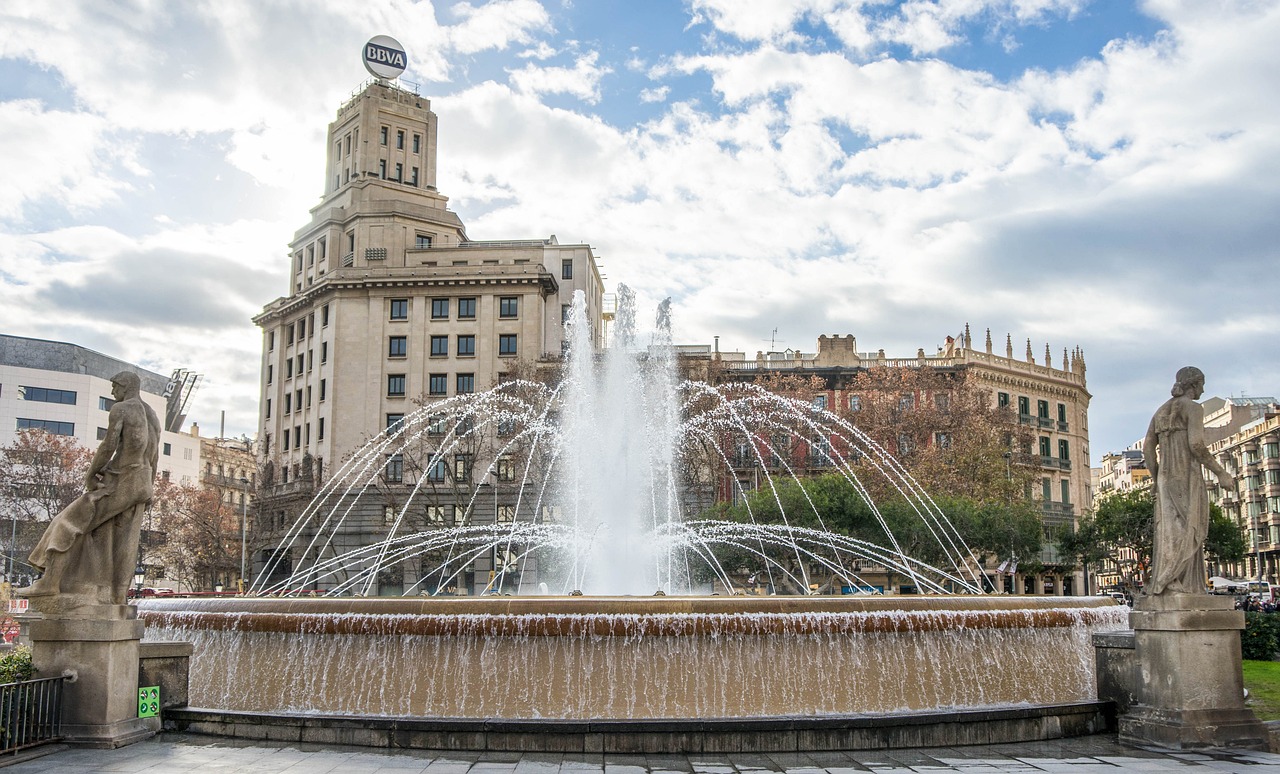
Sagrada Família
The Sagrada Família is an extraordinary basilica and an architectural masterpiece in Barcelona, Spain. Designed by Antoni Gaudí, construction of the basilica began in 1882 and is still ongoing. The Sagrada Família is known for its intricate details and unique design elements. Some notable features of this iconic building include:
- Nativity Façade: The Nativity Façade is the oldest part of the basilica and showcases Gaudí’s distinctive style. It depicts scenes from the birth of Jesus, adorned with intricate stone carvings and sculptures.
- Passion Façade: The Passion Façade portrays the suffering and crucifixion of Jesus. It is characterized by sharp angles and dramatic sculptures, representing the passion and sacrifice of Christ.
- Glory Façade: The Glory Façade, still under construction, will be the main entrance to the basilica. It will depict the final judgment and the glory of God.
- Interior: The interior of the Sagrada Família is a true masterpiece. The soaring columns, intricate stained glass windows, and organic shapes create a breathtaking atmosphere inside the basilica.
Keywords: Sagrada Família, Antoni Gaudí, Nativity Façade, Passion Façade, Glory Façade, interior, basilica, construction.
Casa Batlló
Casa Batlló is a unique residential building located in the heart of Barcelona. Designed by Antoni Gaudí, it is considered one of his most creative and imaginative works. Casa Batlló stands out with its striking façade and innovative design elements. Here are some key features of this architectural wonder:
- Façade: The façade of Casa Batlló is covered in colorful ceramic tiles and features undulating shapes that resemble the waves of the sea. The balconies are designed with intricate ironwork, adding to the building’s artistic appeal.
- The Noble Floor: The Noble Floor is the main residential area of Casa Batlló. It showcases Gaudí’s attention to detail and his ability to blend art and functionality. The rooms are adorned with unique architectural elements and beautiful stained glass windows.
- The Roof Terrace: The roof terrace of Casa Batlló is an enchanting space. It is characterized by its colorful chimneys, which resemble medieval warriors. The terrace offers panoramic views of Barcelona.
- The Lightwell: The Lightwell, also known as the “Well of Souls,” is a central feature of Casa Batlló. It allows natural light to flood into the building, creating a vibrant and ethereal atmosphere.
Keywords: Casa Batlló, Antoni Gaudí, façade, ceramic tiles, Noble Floor, roof terrace, Lightwell, architectural elements.
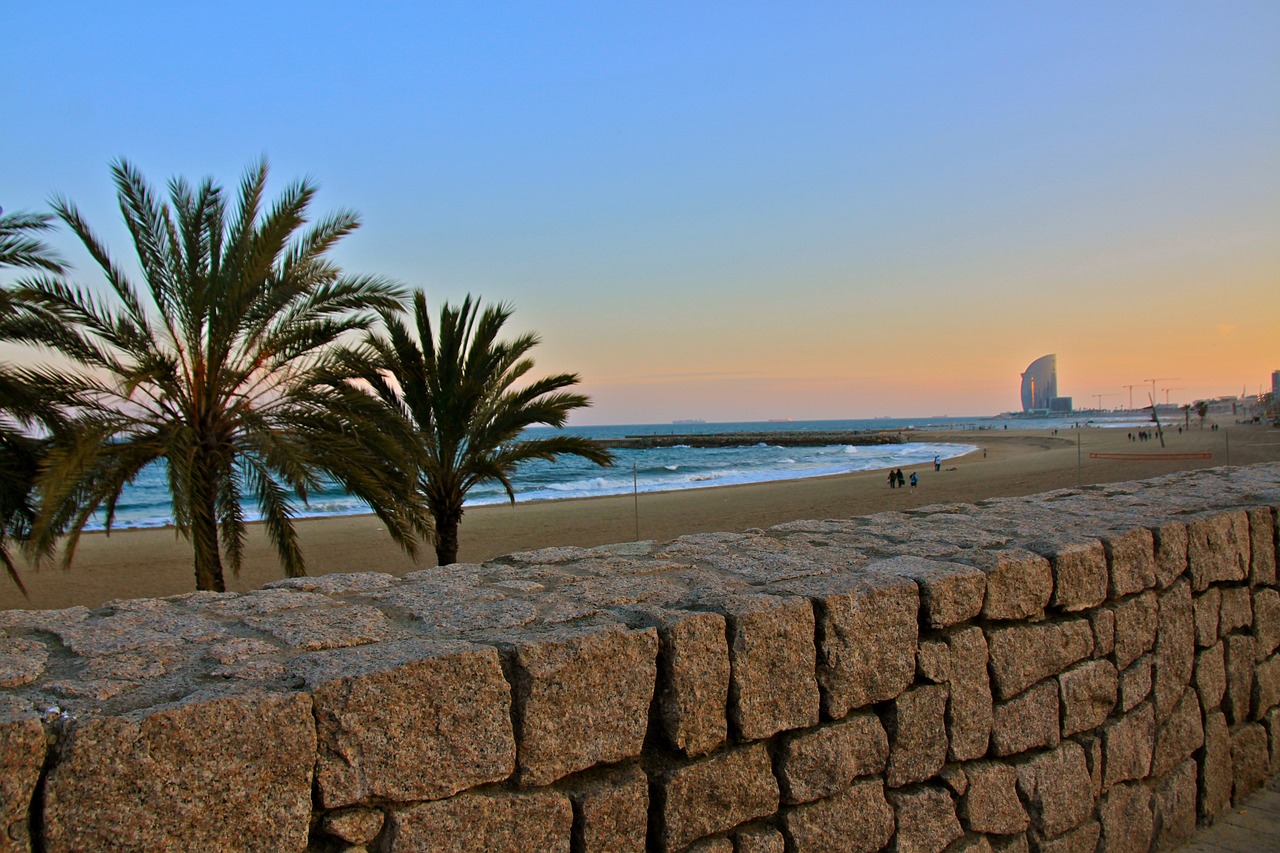
Palau de la Música Catalana
The Palau de la Música Catalana is a stunning concert hall located in the heart of Barcelona. Designed by the architect Lluís Domènech i Montaner, it is a masterpiece of Catalan Modernism. The concert hall is known for its exquisite architectural details and its role in promoting Catalan music. Some notable features of the Palau de la Música Catalana include:
- The Main Concert Hall: The main concert hall is a breathtaking space with its stained glass windows, ornate columns, and intricate mosaics. The ceiling is adorned with a large skylight that allows natural light to illuminate the hall.
- The Organ: The Palau de la Música Catalana is home to a magnificent organ, which is one of the largest in Europe. It is beautifully decorated and provides a stunning backdrop during performances.
- The Lluís Millet Hall: This hall is named after one of the founders of the Orfeó Català, the choir associated with the concert hall. It features beautiful stained glass windows and serves as a space for smaller concerts and events.
- The Glass Dome: At the center of the Palau de la Música Catalana, there is a stunning glass dome that allows natural light to flood into the building. It is surrounded by intricate ironwork and colorful mosaic tiles.
Keywords: Palau de la Música Catalana, Lluís Domènech i Montaner, main concert hall, stained glass windows, organ, Lluís Millet Hall, glass dome, Catalan Modernism.
Casa Milà (La Pedrera)
Casa Milà, also known as La Pedrera, is a remarkable building designed by Antoni Gaudí. Located on the famous Passeig de Gràcia, it is one of Barcelona’s most iconic landmarks. Casa Milà is characterized by its unique undulating façade and innovative design elements. Here are some highlights of Casa Milà:
- Façade: The façade of Casa Milà is made of stone and features undulating shapes that resemble waves. It is adorned with intricate iron balconies and large windows that allow natural light to flood into the building.
- The Roof Terrace: The roof terrace of Casa Milà is a surreal and enchanting space. It is decorated with unique chimneys and ventilation towers, which are often described as sculptures. The terrace offers panoramic views of Barcelona.
- The Espai Gaudí: The Espai Gaudí is an exhibition space located inside Casa Milà. It provides visitors with a deeper understanding of Gaudí’s life and work through interactive displays and multimedia presentations.
- The Courtyards: Casa Milà has several courtyards that bring natural light into the building. These courtyards feature beautiful mosaic tiles and unique architectural details.
Keywords: Casa Milà, La Pedrera, Antoni Gaudí, façade, undulating shapes, iron balconies, roof terrace, Espai Gaudí, courtyards.
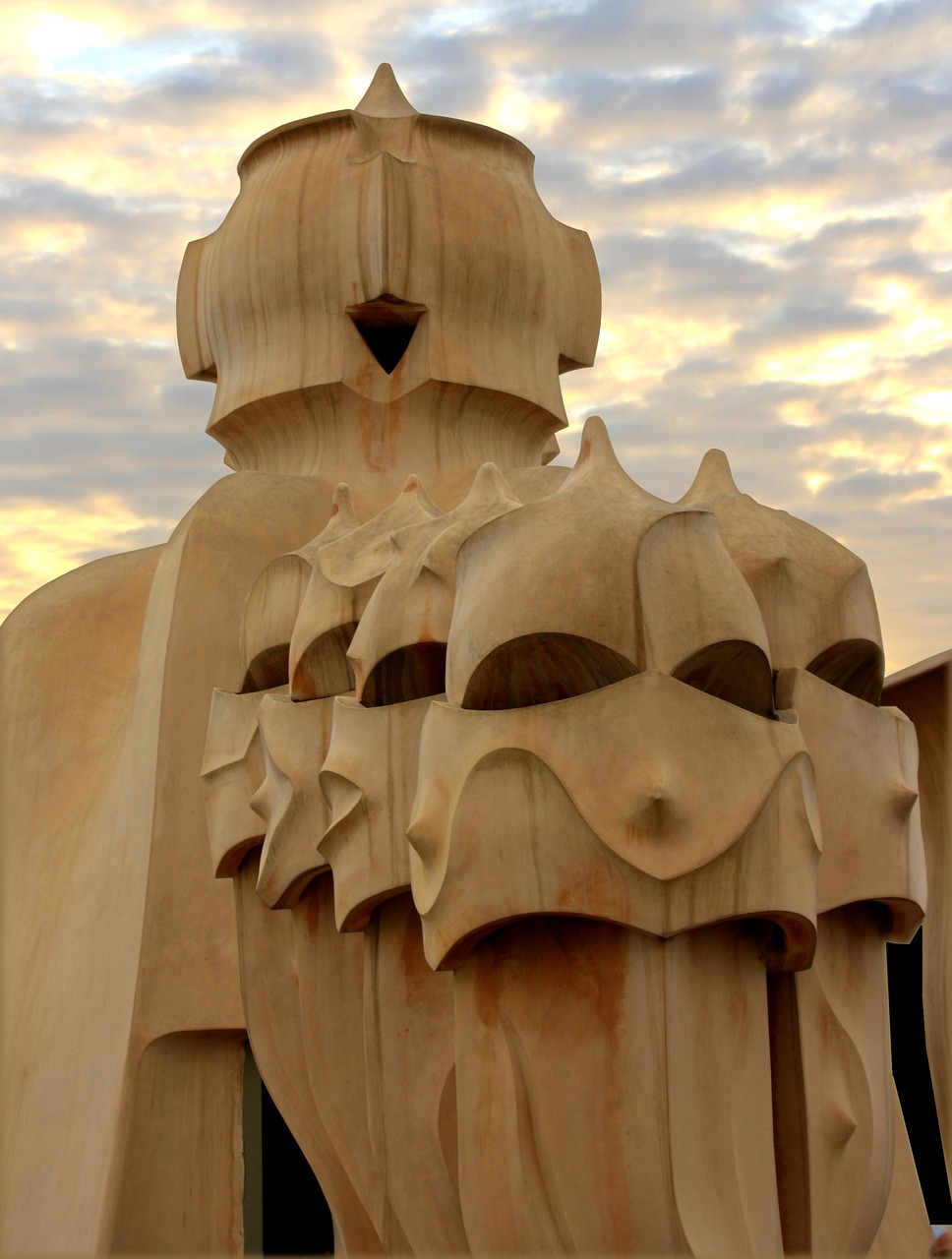
Camp Nou
Camp Nou is the legendary home stadium of FC Barcelona, one of the most successful football clubs in the world. Located in the Les Corts neighborhood of Barcelona, it is the largest stadium in Europe and can hold over 99,000 spectators. Here are some key features of Camp Nou:
- The Field: The playing field at Camp Nou is where the magic happens. It has witnessed countless memorable moments and hosted some of the greatest football matches in history.
- The Stands: The stands of Camp Nou are massive and create an electric atmosphere during matches. The passionate fans of FC Barcelona, known as “culés,” fill the stadium and create an unforgettable experience.
- The Museum: Camp Nou is also home to the FC Barcelona Museum, which showcases the rich history and achievements of the club. Visitors can explore interactive exhibits, see trophies, and learn about the club’s legendary players.
- The Press Room: The press room at Camp Nou is where journalists gather to cover matches and conduct interviews. It is a hub of media activity and an essential part of the stadium.
Keywords: Camp Nou, FC Barcelona, stadium, Les Corts, playing field, stands, fans, museum, press room.
Mercat de Sant Josep de la Boqueria
The Mercat de Sant Josep de la Boqueria, commonly known as La Boqueria, is a vibrant and bustling market in Barcelona. Located on La Rambla, it is one of the city’s most famous food markets. La Boqueria offers a wide variety of fresh produce, seafood, meats, and local delicacies. Here are some highlights of this culinary wonder:
- Fresh Produce: La Boqueria is a paradise for food lovers. It offers an incredible selection of fresh fruits, vegetables, herbs, and spices. Visitors can explore the vibrant stalls and discover a world of flavors.
- Seafood: Barcelona’s proximity to the Mediterranean Sea ensures a plentiful supply of fresh seafood at La Boqueria. From prawns and octopus to oysters and lobsters, seafood enthusiasts will find a wide range of options to satisfy their cravings.
- Tapas and Local Delicacies: La Boqueria is an excellent place to indulge in traditional Spanish tapas and local delicacies. Visitors can sample delicious dishes such as jamón ibérico, patatas bravas, and fresh paella.
- Food Stalls and Restaurants: The market is not just a place to buy ingredients; it also offers a variety of food stalls and small restaurants where visitors can enjoy a quick bite or a full meal.
Keywords: Mercat de Sant Josep de la Boqueria, La Boqueria, market, fresh produce, seafood, tapas, local delicacies, food stalls, restaurants.
Montjuïc
Montjuïc is a prominent hill located southwest of Barcelona’s city center. It is home to several iconic landmarks and offers breathtaking views of the city and the Mediterranean Sea. Here are some attractions and features of Montjuïc:
- Montjuïc Castle: At the top of the hill sits Montjuïc Castle, a historic fortress that offers panoramic views of Barcelona. It played a significant role in the city’s defense throughout history.
- Magic Fountain: The Magic Fountain of Montjuïc is a mesmerizing water and light show. It combines music, color, and choreographed water jets to create a spectacular display that attracts visitors of all ages.
- Olympic Stadium: Montjuïc hosted the 1992 Summer Olympics, and the Olympic Stadium remains as a reminder of that historic event. Visitors can explore the stadium and learn about the city’s Olympic legacy.
- Museums and Gardens: Montjuïc is home to several museums and beautiful gardens. The Joan Miró Foundation, the National Art Museum of Catalonia, and the Montjuïc Botanical Garden are just a few of the cultural and natural attractions in the area.
Keywords: Montjuïc, Montjuïc Castle, Magic Fountain, Olympic Stadium, museums, gardens, panoramic views, 1992 Summer Olympics.
Barceloneta Beach
Barcelona is renowned for its beautiful beaches, and Barceloneta Beach is one of the most popular and iconic. It is located in the neighborhood of Barcelon




